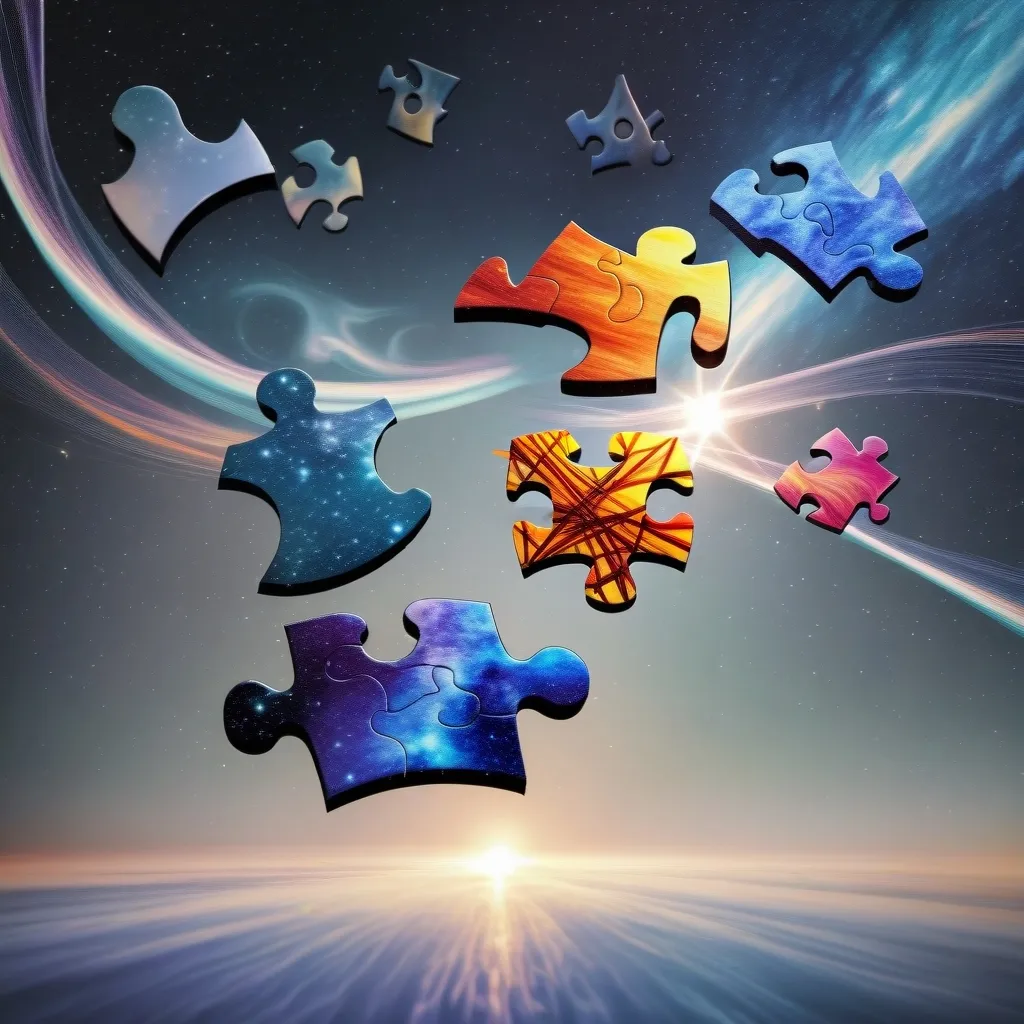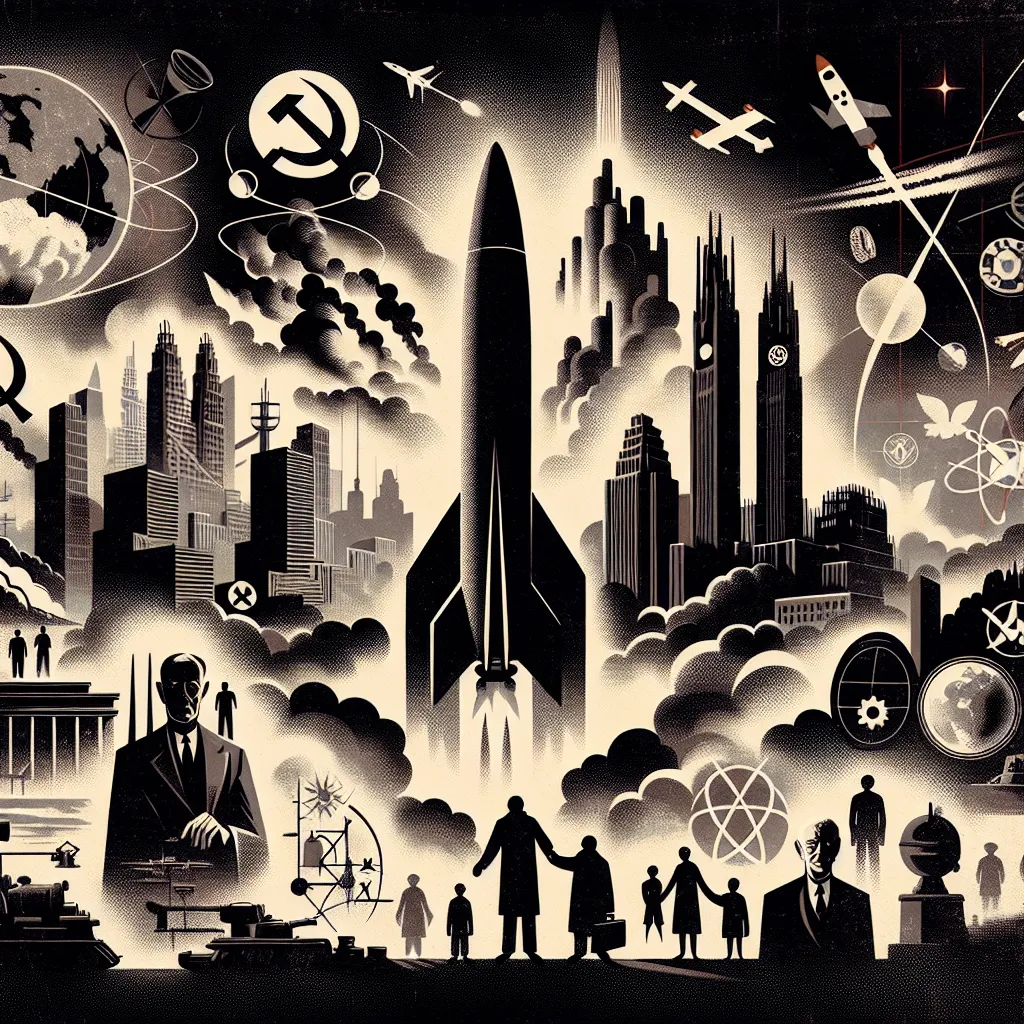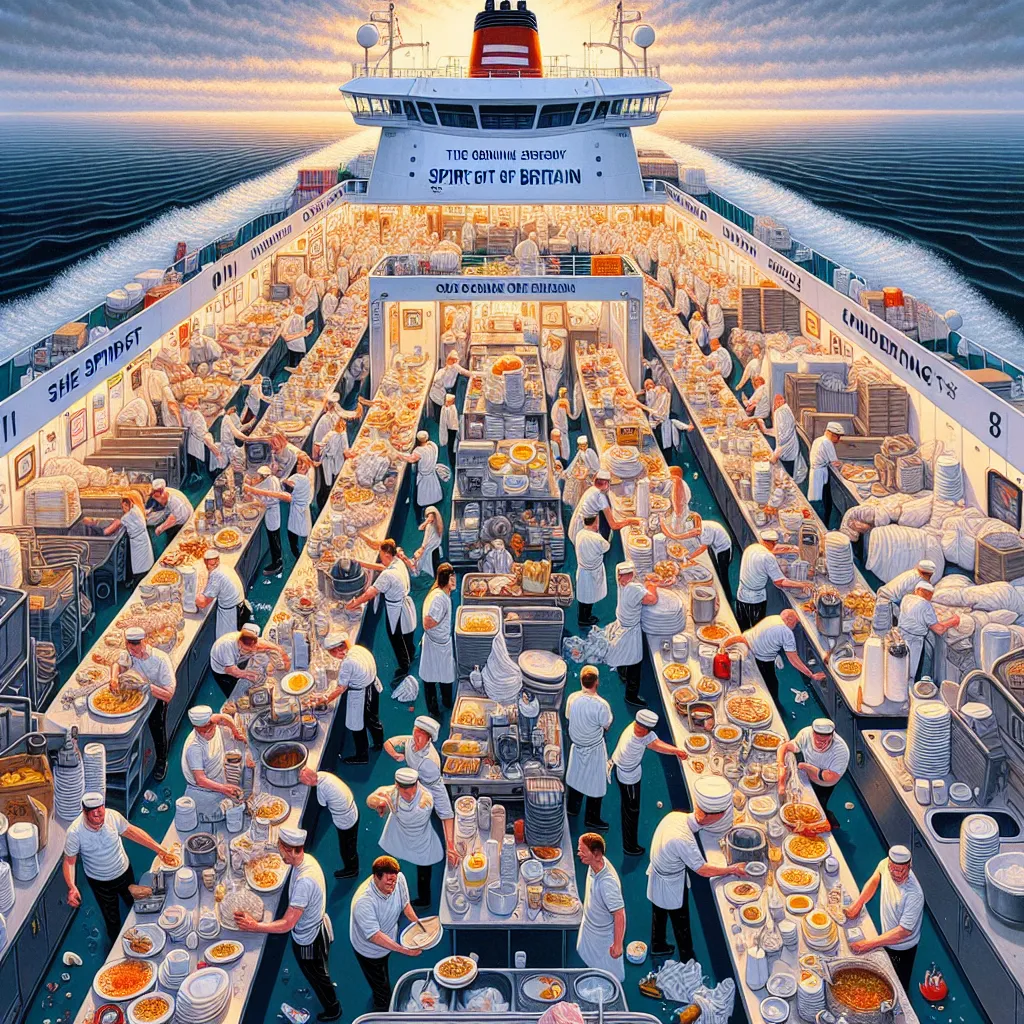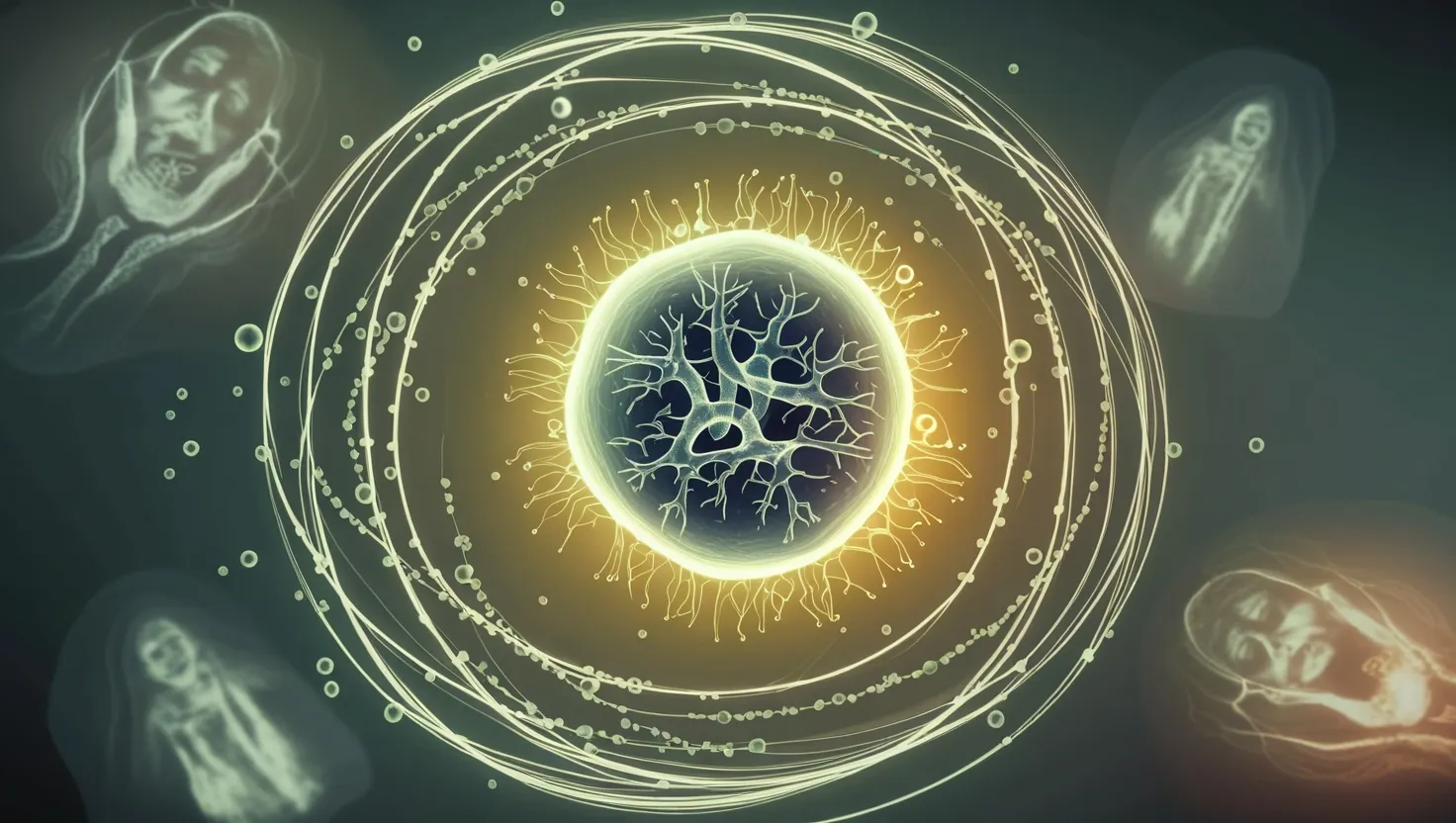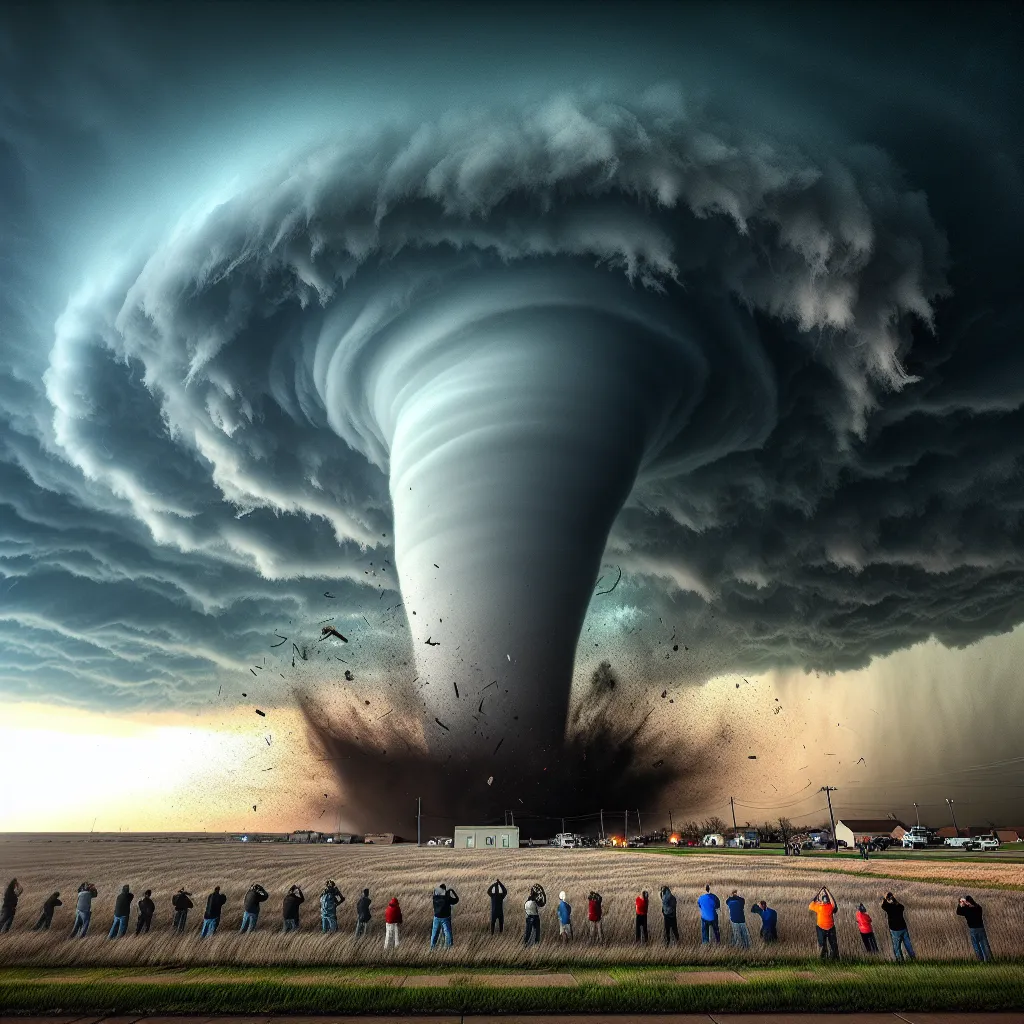Gravity has always been the mysterious force that keeps our feet on the ground, and it turns out, it’s still a bit of a mystery when we dive into the realm of quantum physics. Imagine having a jigsaw puzzle with missing pieces. That’s what the force of gravity is in the quantum world—a captivating enigma that’s stumped scientists for years. Despite all the brainpower that’s been thrown at it, this puzzle remains unsolved, leaving it as one of the most riveting challenges in modern physics.
So, let’s kick things off with the two heavy hitters in the physics world: General Relativity and Quantum Mechanics. These two theories have been the cornerstone of our understanding of the universe. Albert Einstein’s brainchild, General Relativity, gives us the skinny on how gravity operates across vast distances. It paints a picture of gravity as a result of spacetime curving around massive objects. Shift your gaze to Quantum Mechanics, and you find a theory that’s like the wild child of physics, adeptly describing the antics of particles at the atomic and subatomic scales.
Here’s where the plot thickens. These two cannot see eye to eye. Imagine trying to mix oil and water. That’s somewhat what happens when trying to merge these two theories. General Relativity dances to the classical tune of continuous spacetime, while Quantum Mechanics thrives on probability and wave functions. When scientists apply Quantum Mechanics to infinitesimally small distances and dizzyingly high energy scales, the continuous spacetime framework starts to flop.
So, what’s the fix? Enter Quantum Gravity. The mission is clear: forge a theory that seamlessly merges these worlds. Think of it as attempting to write a unified script in two entirely different languages. It’s as complex as it sounds!
The road to Quantum Gravity is paved with varied and fascinating approaches. Among the popular kids on the block, String Theory and Loop Quantum Gravity are making waves.
String Theory flips the script, proposing that instead of particles, tiny vibrating strings are the building blocks of the universe. These strings vibrate at different frequencies, gifting us the particle zoo we know. Here’s the kicker: String Theory posits extra dimensions beyond the usual three plus one (time)! It’s rich, it’s deep, but with no definitive experimental nods, it sits in the realm of speculation.
On a different note, Loop Quantum Gravity offers a fresh take by suggesting spacetime isn’t a smooth continuum but rather made of discrete chunks. Spin networks are the tool of choice here, offering a unique canvas to describe these chunks. More grounded than String Theory, it doesn’t bend our universe into more dimensions but remains a work in progress with its own set of hurdles.
As if that weren’t enough, other theories are stepping onto the stage. Take Causal Dynamical Triangulations (CDT) as an example. It goes down a path similar to Loop Quantum Gravity but adds a twist with a causal structure mimicking time flow. Its computer-generated simulations are promising and might just point us in the right direction.
Emergence Theory, another interesting proposal, even goes beyond physics to entertain ideas about consciousness. While it’s audacious, it’s met with skepticism, often due to its lack of peer-reviewed support.
Why does Quantum Gravity matter all that much? For starters, cracking this puzzle could revolutionize our understanding of the cosmos. With a unified theory in hand, profound questions about the universe’s infancy, the nature of black holes, and even the very origin of the cosmos might find answers. The perks aren’t purely academic; such insights could lead to technological boons like advanced navigation systems or novel energy solutions.
Yet, the journey of Quantum Gravity is anything but smooth sailing. One of the biggest roadblocks is the lack of empirical experiments. Our current tech just isn’t up to snuff to test these outlandish theories directly. Instead, theoretical armchair work and computer simulations drive the field, laying foundational yet indirect paths.
There’s also the academic skepticism. Emergence Theory, in particular, faces criticism regarding its scientific robustness. This skepticism isn’t just a hurdle—it’s crucial. It ensures that only hypotheses subjected to rigorous scrutiny climb to scientific acceptance.
But don’t let those hurdles sour the thrill! The future of Quantum Gravity research brims with possibility. There’s the chance that the solution might not dwell in the maze of complex equations. Instead, it might lie in a simpler, more elegant truth. Renate Loll’s work with Causal Dynamical Triangulations is a prime example of harnessing straightforward principles. Her method unwraps intriguing insights, showing us that maybe a straightforward approach is just what’s needed for this cosmic conundrum.
All things considered, Quantum Gravity remains a tantalizing brainteaser—a challenge that invites the brightest minds to intertwine two seemingly incompatible theories into a seamless tapestry. While the journey is peppered with debates and frustrations, the potential payoffs are massive. Solving this puzzle might pull back the curtain on the universe and spawn technologies we’ve only dreamed about.
So, for now, the triumphant merge of General Relativity and Quantum Mechanics remains on the horizon, a beacon guiding the curious. Whether through String Theory, Loop Quantum Gravity, or another yet-to-be-uncovered pathway, it’s a quest that captivates and inspires. And who knows? This elusive answer might just be waiting for a daring thinker to piece together the puzzle with an unexpected, simple key.
